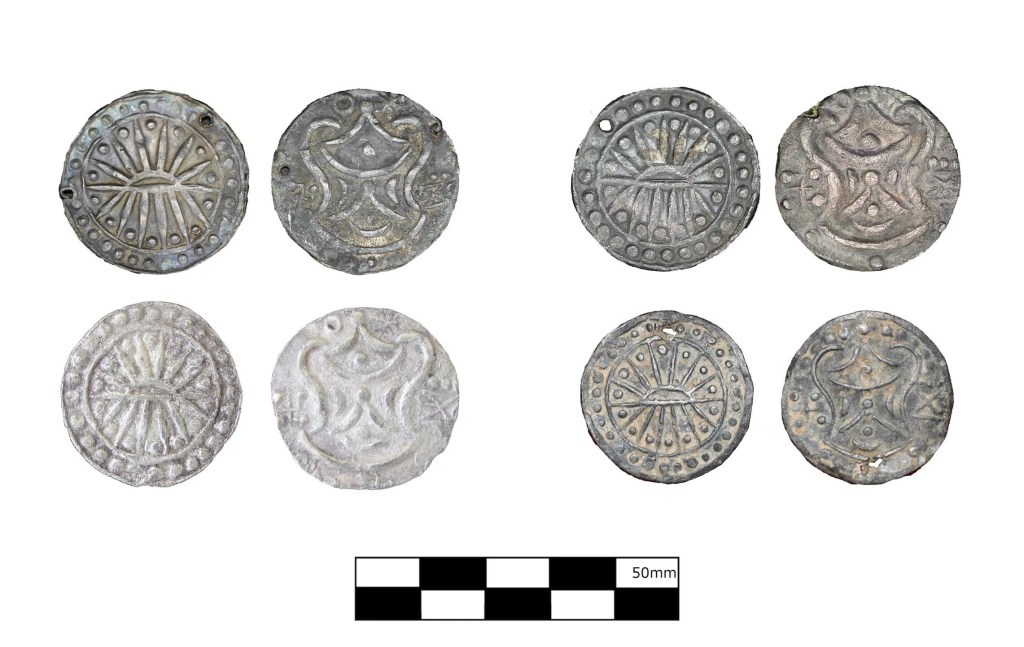A vast trade network likely linked the ancient inhabitants of Southeast Asia’s jungles and coastlines, a two-millennia-old trove of silver coins suggests.
A study led by researchers at the National University of Singapore and published in Antiquity found commonalities in the coins’ weights and metallurgy.
The coins alone weren’t a new discovery. Officially dubbed the Rising Sun/Srivatsa, after their flip-side motifs of a rising sun and the Srivatsa, two significant symbols in Indian religious tradition, the trove was already unearthed across hundreds of miles spanning the river deltas of Bangladesh and the plains of Vietnam. Chinese records as early as the second century BCE also mention a trade route that connected politically affiliated groups in Persia and beyond, across Southeast Asia.
This study, however, is the first comprehensive attempt to study them beyond their national boundaries, and as a group.
Related Articles

“This offers compelling evidence of extensive long-distance circulation,” lead author Andrew Harris told Scientific News Today. “It forces us to think of Southeast Asia not as a collection of isolated kingdoms, but as a dynamic, connected region.”
According to Harris, the ubiquity of the silver coinage suggests a previously unknown tale of political and economic machinations that transcended geographical pockets. The coins found in Bangladesh and Vietnam, for example, appeared to be cast from the same die, a signal that minting practices were shared across cultures, and that at some point, these two groups were directly trading. Coinage carried more weight in the ancient world: common vernaculars speak to political alliances, while isolated designs and unique materials processes can imply fragmented relations or lapses of communication.
Maria De Iorio, the co-author of the study and the project’s lead investigator, touched on this in her interview with Scientific News Today: “Our die study helps us map the expansion and contraction of currency-based economies in mainland Southeast Asia. It reveals key ports, trade hubs, and the shifting centers of political power.”

